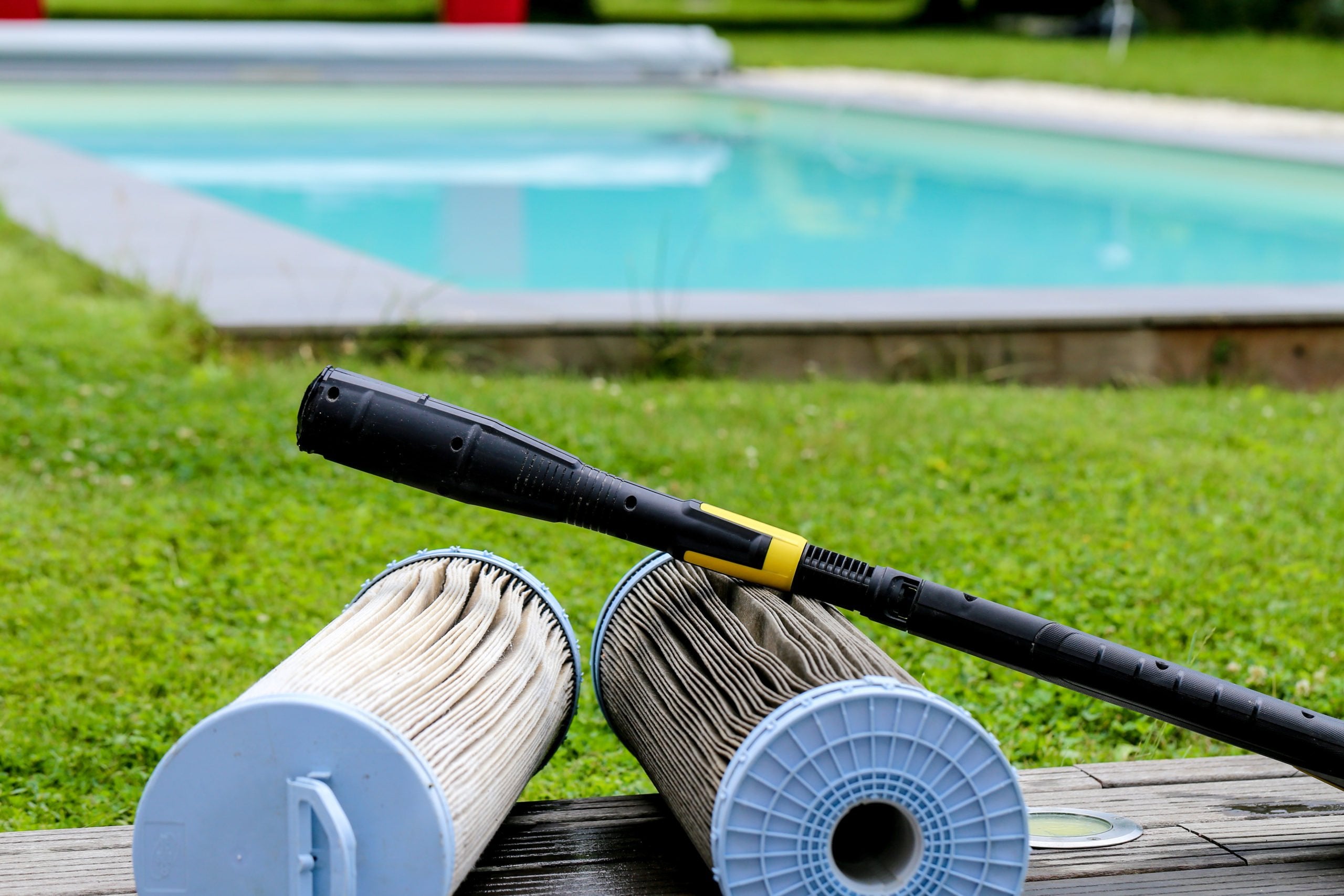How to Backwash Your Pool Filter
Keeping your pool clean is not only about water quality, it's also key to ensuring that your entire pool system runs efficiently. Regularly backwashing your pool filter is an important step in achieving this goal. Backwashing is a cleaning method that reduces stress and prevents potential damage by reversing the flow of water through the filtration system, helping to remove larger particles that accumulate in the filter.

When to backwash
The frequency of backwashing depends on how often the pool is used, the type of filtration system, and the surrounding environment. Generally, it is recommended to backwash once a week, or when the filter's pressure gauge reads 8-10 PSI above the initial level. If your pool is surrounded by shrubs or trees, more frequent backwashing may be necessary. Backwashing should also be considered after major storms or algae outbreaks, or after leaf season.

Backwashing Procedure
Below are the basic steps for performing a pool filter backwash:

1.Turn off the pool pump: before you begin, make sure to turn off the pool's pump and filtration system.
2.Set the filter valve: Turn the filter valve knob to the "backwash" position and make sure it is locked in place.
3.Start Backwash: Turn on the pump and allow the water to flow backwards through the filtration system for 3-5 minutes or until the water in the viewing hole (located on the filter) is clear.
4.Stop the pump and flush: Turn the pump off, then turn the filter valve knob to the "flush" position, start the pump again and flush for 1 minute or until the water in the viewing hole is clear.
5.Reset the filter: turn off the pump, turn the filter valve knob back to the "FILTER" position and make sure it is locked in place.
6.Start the pump: Finally, turn the pump on to complete the backwashing process.

Caution
- Always make sure the pump is off when backwashing or resetting the filter valve to avoid damage to the system.
- Backwashing will result in some amount of water loss, but this can be minimized by monitoring the color of the water in the viewing hole and stopping as soon as the water becomes clear.
- During backwashing, some sand may be flushed out along with dirt and mud, requiring the amount of sand in the filter to be replenished.
- If the backwash valve becomes difficult to turn, it is recommended that the valve be removed and lubricated to prevent leakage.
- When reassembling the filter system after backwashing, inspect all components, including the cartridge, grille, and lateral components, and do not rush assembly, as most filter leaks are caused during assembly.
Conclusion
By following the steps above, your pool filter will stay clean and avoid problems. If you encounter problems when trying to backwash, don't hesitate to seek the help of a certified pool specialist. With proper maintenance, your pool will provide you with a long-lasting clean and enjoyable swimming experience.

